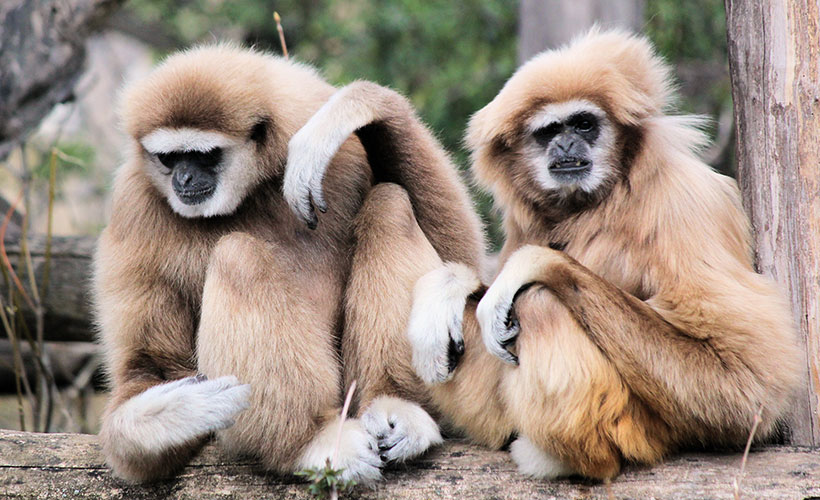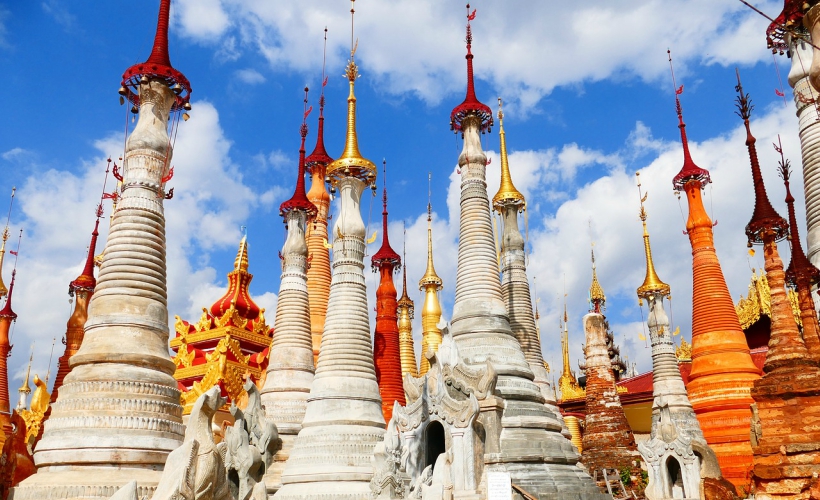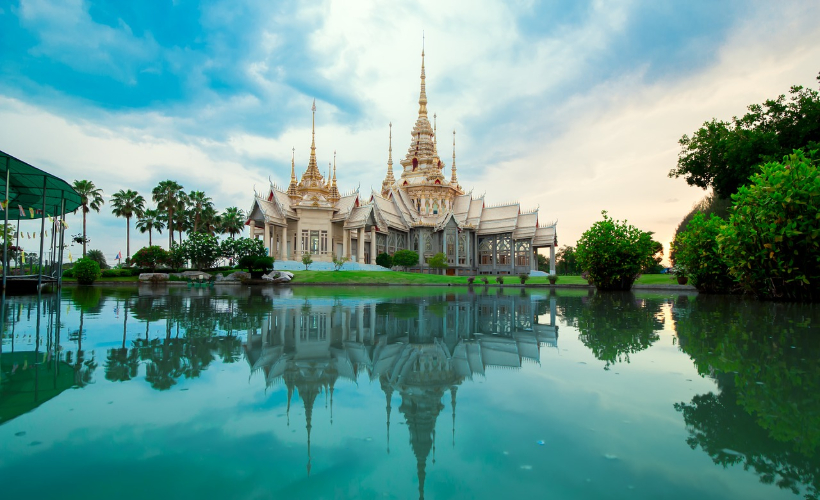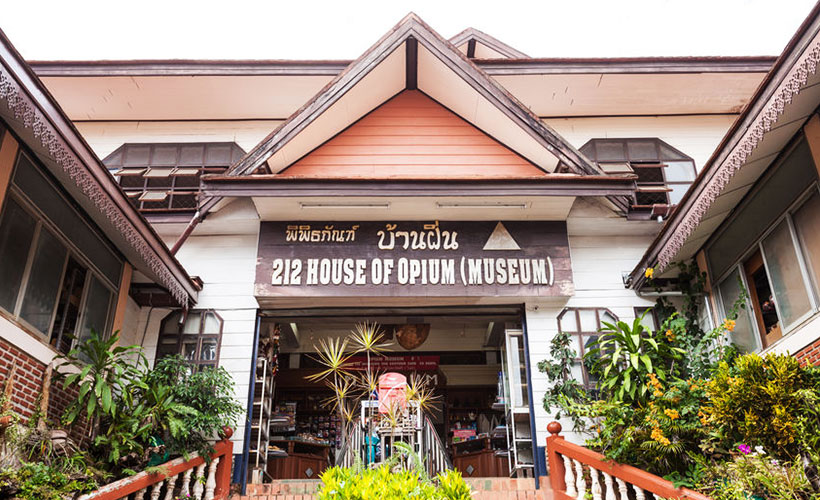 The Golden Triangle is a magical place. What makes it so unique is that it’s the area where three Southeast Asian countries – Laos, Myanmar, and Thailand – meet. In total, it spans 3.5 million square kilometres, and even includes some of Vietnam within this space.
The Golden Triangle is a magical place. What makes it so unique is that it’s the area where three Southeast Asian countries – Laos, Myanmar, and Thailand – meet. In total, it spans 3.5 million square kilometres, and even includes some of Vietnam within this space.
How it got its nickname is that the area used to be notorious for its cultivation of opium; at one point being one of the world’s chief producers. In the 1970s, a CIA agent working here gave it the nickname the Golden Triangle. Poppies have been grown here for generations, but this is more out of necessity than a desire on the part of the farmers, many of whom lived in poverty.
On the Thai side of the border, it’s the northernmost tip of the country that you’ll find in the Golden Triangle. It’s also where the Mekong and Ruak rivers meet, giving the little town its local name – Sop Ruak.
Opium was declared illegal in Thailand in 1959 but farmers continued to grow poppies in order to support their families. In 1969, the King of Thailand established the Royal Development Project after a visit to the region. This project supports local families and teaches them about cultivating alternative crops like coffee, tea, and nuts. Unfortunately, some farmers had become addicted to opium, but thankfully the Royal Development Project offered support and rehabilitation facilities to these individuals.
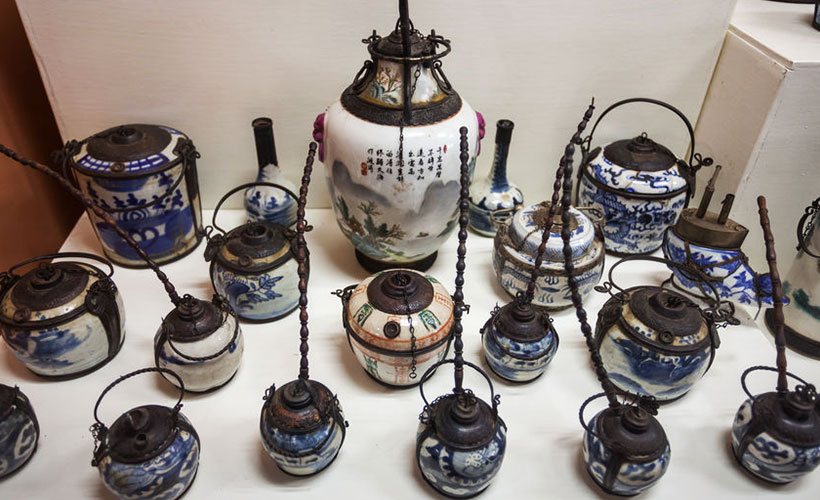
Nature calling? Asia has plenty to offer in terms of varying climates, rich biodiversity, and stunning views:
10 Of Asia’s Most Picturesque National Parks
To assist with this movement, the King’s mother launched her own project in 1987 to help the people of Sop Ruak after witnessing the devastation caused by the slashing and burning of forests to make space for vast poppy plantations. This became known as the Doi Tung Development Project.
It is in Sop Ruak, now a popular tourist destination, where you will find the Hall of Opium. This museum, built by the Royal Development Project, is dedicated to the substance and showcases exhibitions on everything related to opium and the Golden Triangle. The museum has videos, mock-ups, and even paraphernalia used to consume the substances.
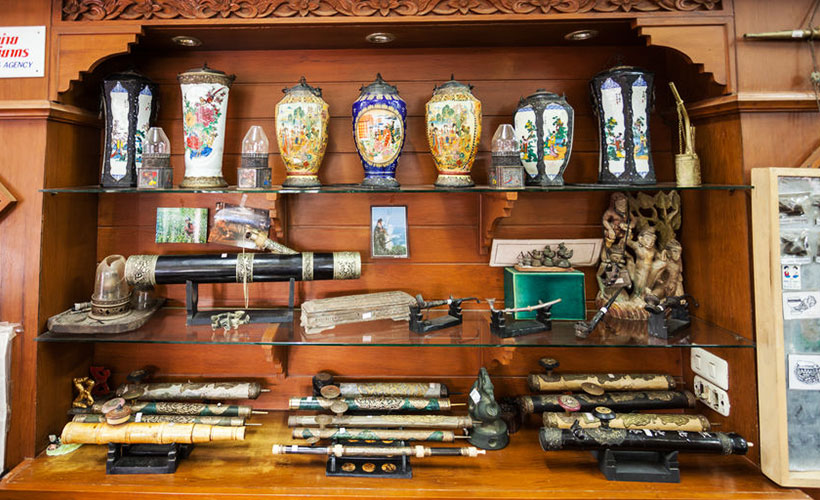 The Hall of Opium provides a fascinating and sobering look at all things to do with the drug. Here are some of them:
The Hall of Opium provides a fascinating and sobering look at all things to do with the drug. Here are some of them:
- Entrance: A long tunnel leading towards the main hall. The tunnel is lit with ultraviolet light and has carvings on the wall that imitates the effects of having taken opium.
- The Hall: An artificial poppy field with information on the different species of poppy flowers.
- Opium in Siam: The story about the origin of opium in Thailand depicted through a recreation of a traditional Chinese tea house where people used to smoke opium.
- Magic medicine: Information on the science behind the development of heroin and morphine.
- Britain’s role in the Opium Wars including the British tea trade and information about the building of the Limehouse docks.
- Information on Victorian opium smoking.
- Opium effects: This area illustrates the impacts that drugs and drug addictions have on individuals and communities.
Today, many restaurants in Thailand work with the Royal Development Project and source most of their ingredients from participants of the project. This allows local businesses to support their own community. The Golden Triangle is now a popular tourist destination with the Hall of Opium an eye-opening reminder of how very different things used to be in the area. All’s well that ends well.

